How Conservation Groups Use Angler Data to Protect Ecosystems
Anglers—those dedicated souls who spend countless hours on lakes, rivers, and oceans pursuing their passion for fishing—are inadvertently becoming vital contributors to environmental conservation. The data they collect, often without realizing its scientific value, has become a cornerstone for conservation organizations working to protect aquatic ecosystems worldwide. From catch records to observations about water quality and species distribution, angler-generated information provides a wealth of real-time ecological insights that would be impossible for scientists to gather alone. As climate change accelerates and human pressures on water systems intensify, this collaborative approach between recreational fishers and conservation scientists represents one of the most promising frontiers in ecosystem protection and fisheries management.
The Untapped Potential of Citizen Science in Angling
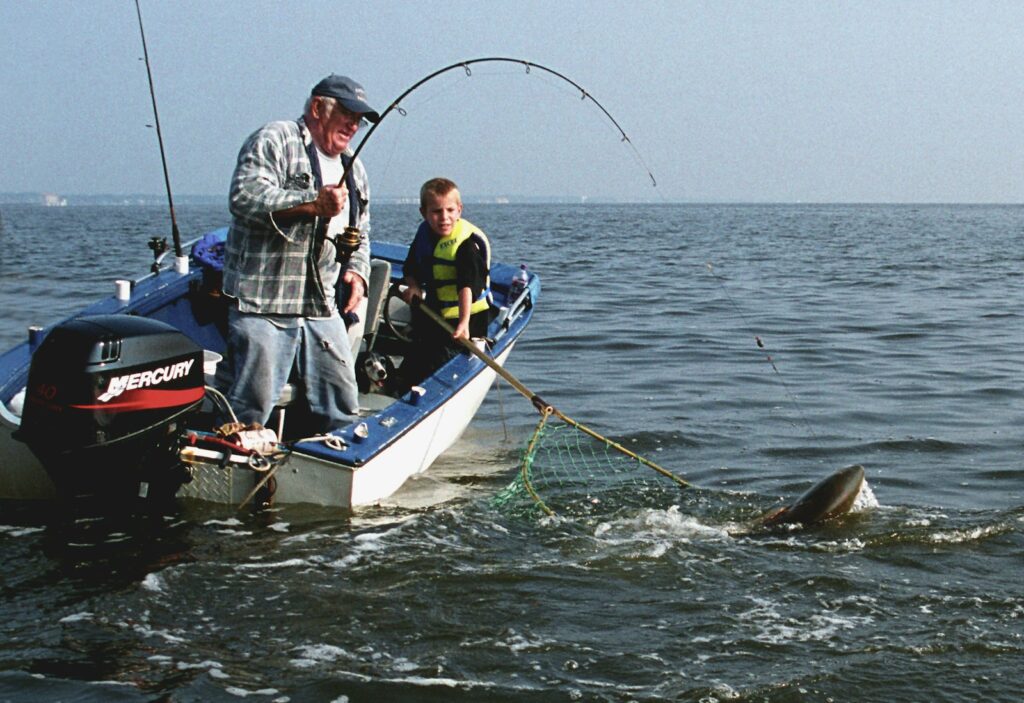
Recreational fishing, with its estimated 220 million participants worldwide, represents one of the largest potential sources of ecological data on earth. Every day, anglers make detailed observations about fish populations, habitats, and environmental conditions that would cost millions of dollars to collect through traditional scientific surveys. This phenomenon, often called “citizen science,” transforms ordinary fishing enthusiasts into valuable data collectors who contribute to conservation efforts while pursuing their hobby. Conservation groups have recognized this untapped resource and have developed sophisticated systems to harness angler knowledge, creating a powerful synergy between recreation and scientific research. The combination of anglers’ extensive time on the water and their intimate knowledge of local ecosystems provides conservation organizations with information at a scale and granularity that would otherwise be unattainable.
Mobile Apps Revolutionizing Fish Data Collection
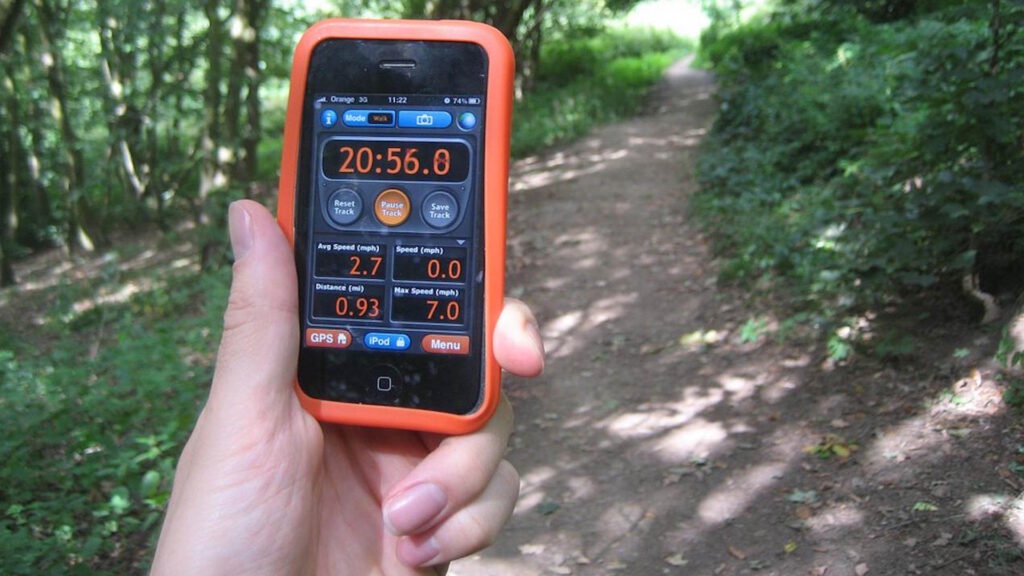
The digital revolution has dramatically transformed how angler data is collected through specialized mobile applications designed specifically for recreational fishers. Apps like Fishbrain, Anglr, and FishAngler allow users to log catches, record precise GPS locations, document fish measurements, and share photos—all valuable data points for conservation research. These platforms typically include features that make participation rewarding for anglers, such as personal fishing logs, achievement badges, and community recognition, while simultaneously aggregating anonymous data for scientific use. Conservation organizations often partner with these technology companies to design specific data collection protocols that address pressing research questions while remaining user-friendly. The geospatial precision of modern smartphones, combined with time-stamped photography, provides verification capabilities that were impossible in previous angler survey methods, significantly improving data reliability.
Tracking Invasive Species Through Angler Reports
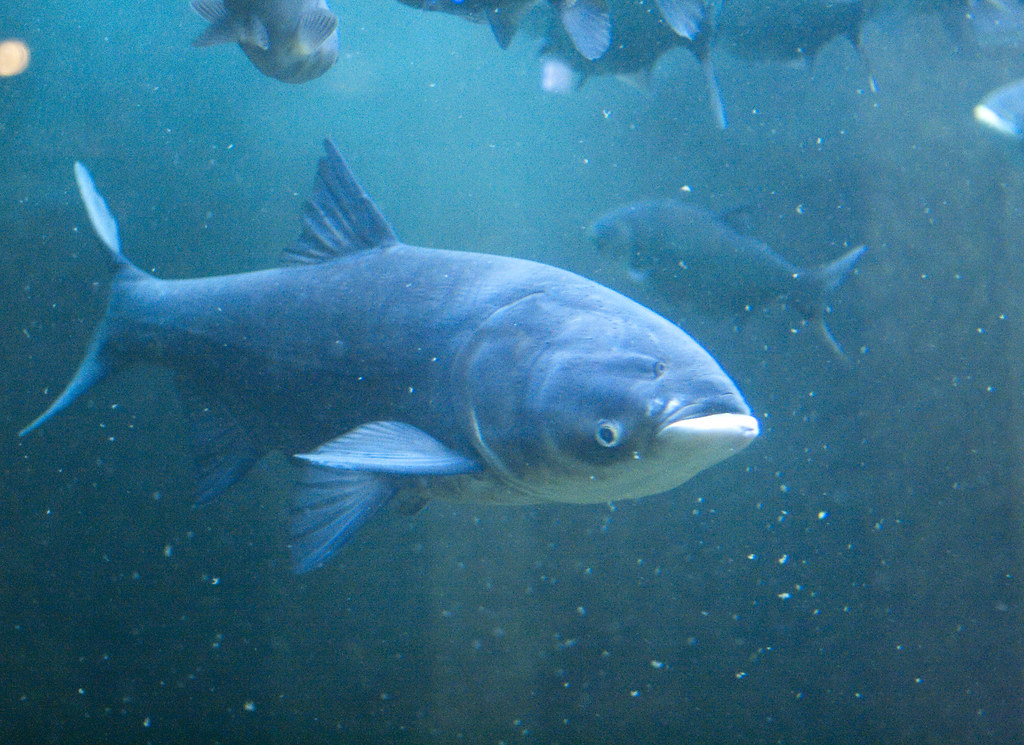
Invasive aquatic species represent one of the most significant threats to freshwater and marine ecosystems globally, causing billions in ecological damage and management costs annually. Anglers are often the first to encounter non-native species as they appear in new waterways, making their observations crucial for early detection and rapid response efforts. Conservation groups have developed specialized reporting systems, such as the USGS’s Nonindigenous Aquatic Species Database and various state-specific invasive species hotlines, that allow anglers to immediately report suspicious catches. These early warnings have proven invaluable in controlling the spread of destructive species like Asian carp in the Mississippi River basin and lionfish in Atlantic coastal waters. The speed at which anglers can identify and report new invasions often determines whether containment efforts will succeed, as each day without intervention allows invasive populations to establish and spread.
Monitoring Climate Change Impacts Through Catch Data
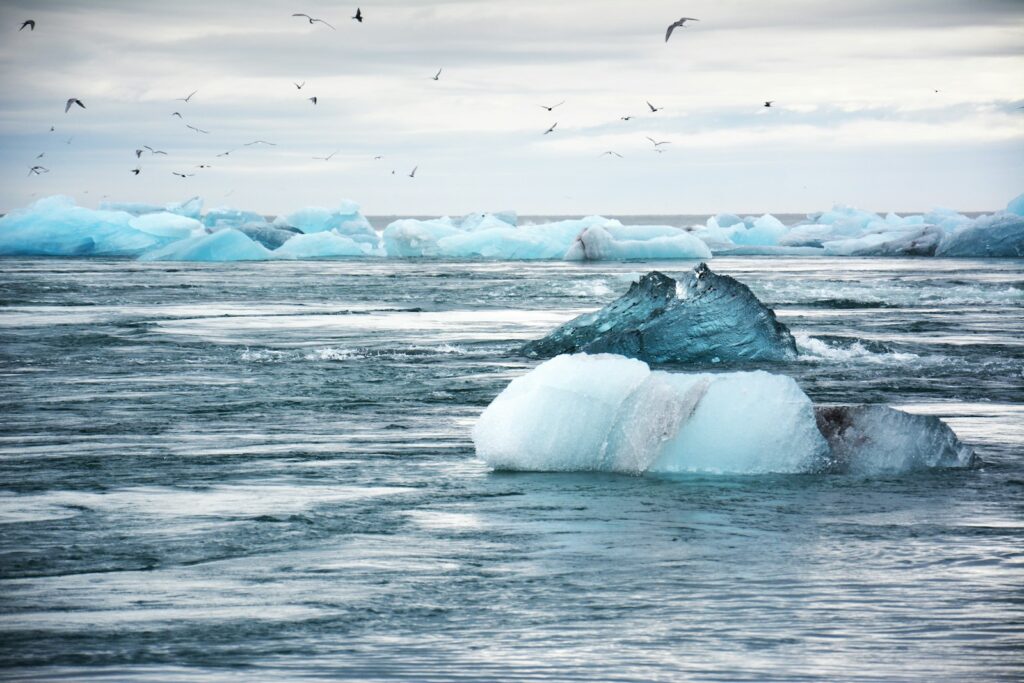
Climate change is rapidly altering aquatic ecosystems, with warming waters forcing species to shift their ranges and disrupting traditional migration patterns. Historical angler catch records, some dating back decades or even centuries, provide irreplaceable baseline data against which modern shifts can be measured. Organizations like the International Game Fish Association (IGFA) and various conservation nonprofits analyze long-term catch trends to identify how fish populations are responding to changing conditions. These analyses reveal subtle patterns, such as northern expansions of southern species, changes in seasonal availability, and alterations in size distributions that serve as biological indicators of climate impacts. By comparing contemporary angler reports with historical records, scientists can document ecosystem transformations occurring at unprecedented rates, providing critical evidence for climate policy advocacy and adaptive management strategies.
Catch-and-Release Studies Improving Fish Survival
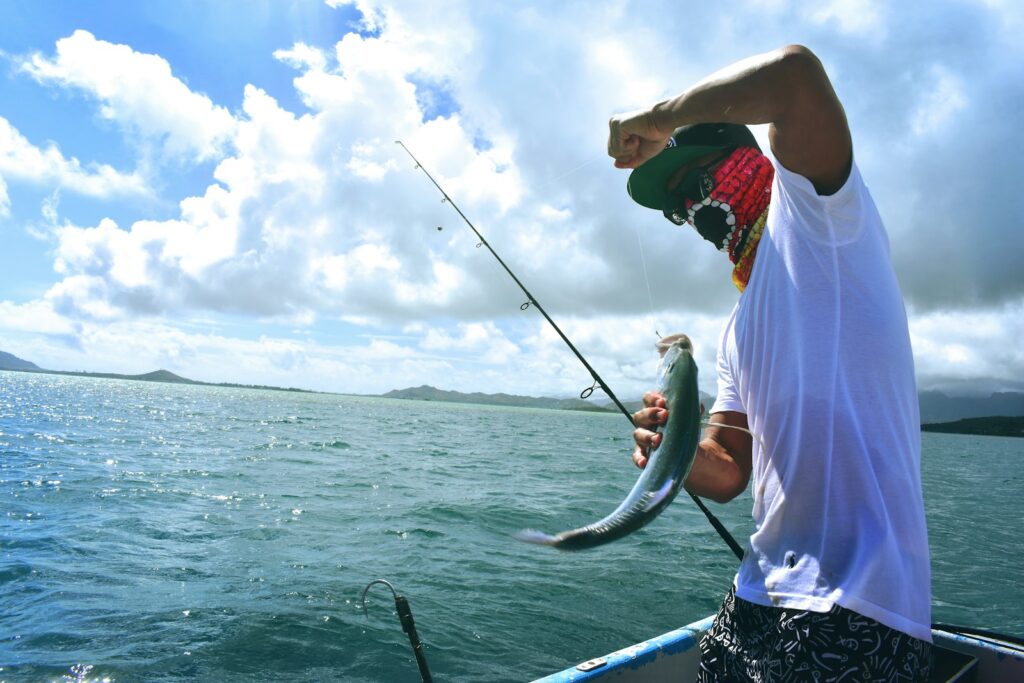
The practice of catch-and-release fishing has become a cornerstone of recreational fisheries conservation, but its effectiveness depends entirely on fish surviving after being returned to the water. Conservation organizations partner with anglers to study post-release mortality rates under different conditions, identifying factors that influence survival such as water temperature, handling techniques, hook types, and fight duration. These collaborative studies have led to evidence-based best practices that significantly reduce harm to fish populations while allowing recreational fishing to continue. Organizations like Trout Unlimited and Bonefish & Tarpon Trust provide anglers with guidelines derived directly from research involving volunteer anglers who document their techniques and subsequent fish condition. The resulting recommendations, such as using barbless hooks or avoiding fishing during extreme heat, have demonstrably improved survival rates for species of conservation concern while fostering a conservation ethic among the angling community.
Tournament Data: A Gold Mine for Population Assessment

Fishing tournaments, from local weekend events to professional competitions with substantial prizes, generate enormous quantities of standardized fish data that conservation groups eagerly incorporate into their research. These events effectively create massive sampling efforts where dozens or hundreds of anglers simultaneously target specific species using similar methods, producing statistically significant datasets about fish size, abundance, and distribution. Conservation organizations often partner with tournament organizers to collect additional biological samples, such as scales for aging or tissue for genetic analysis, further enhancing the scientific value of these events. The competitive nature of tournaments also creates incentives for detailed record-keeping, with anglers documenting exactly where, when, and how they caught each fish, providing temporal and spatial precision rarely achieved in traditional scientific surveys. Additionally, multi-year tournament series on the same bodies of water create invaluable long-term monitoring datasets that reveal population trends over time.
Volunteer Angler Diary Programs
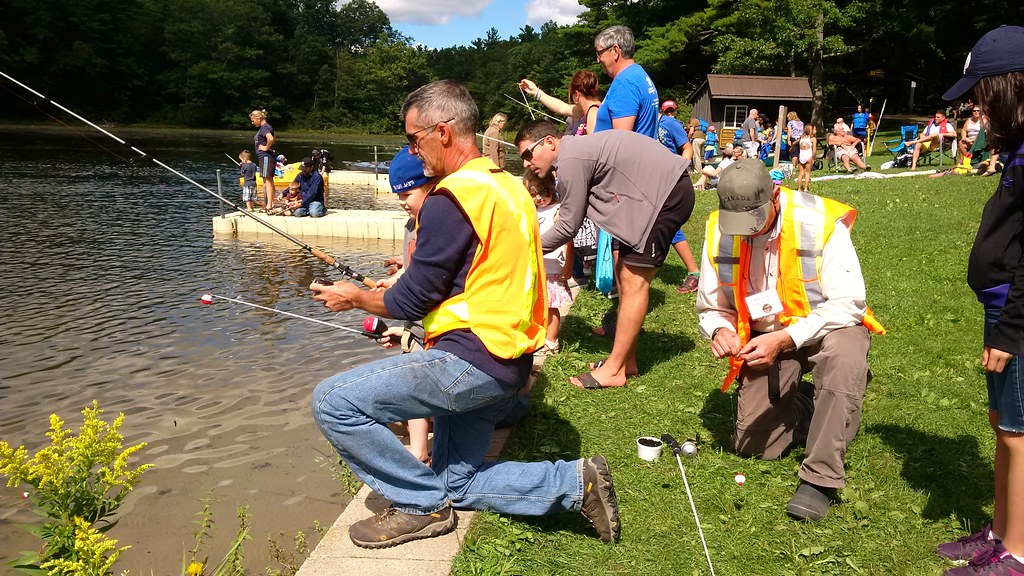
Structured angler diary programs represent one of the oldest and most reliable forms of collaborative data collection between fishers and conservation scientists. These programs recruit dedicated volunteer anglers who commit to recording detailed information about every fishing trip, successful or not, creating comprehensive datasets that avoid the “successful trip bias” common in more casual reporting. Conservation groups like the Atlantic Salmon Federation and the Great Lakes Fishery Commission have maintained angler diary programs for decades, producing continuity of data that spans generations of both fish and fishers. The methodical nature of these programs allows for sophisticated statistical analysis that can detect subtle changes in fish populations long before they become apparent in commercial harvest data or scientific surveys. The personal relationship between conservation organizations and volunteer diary keepers also creates a community of highly engaged citizen scientists who often become influential advocates for conservation policies within their local angling communities.
Genetic Sampling Through Angler Participation
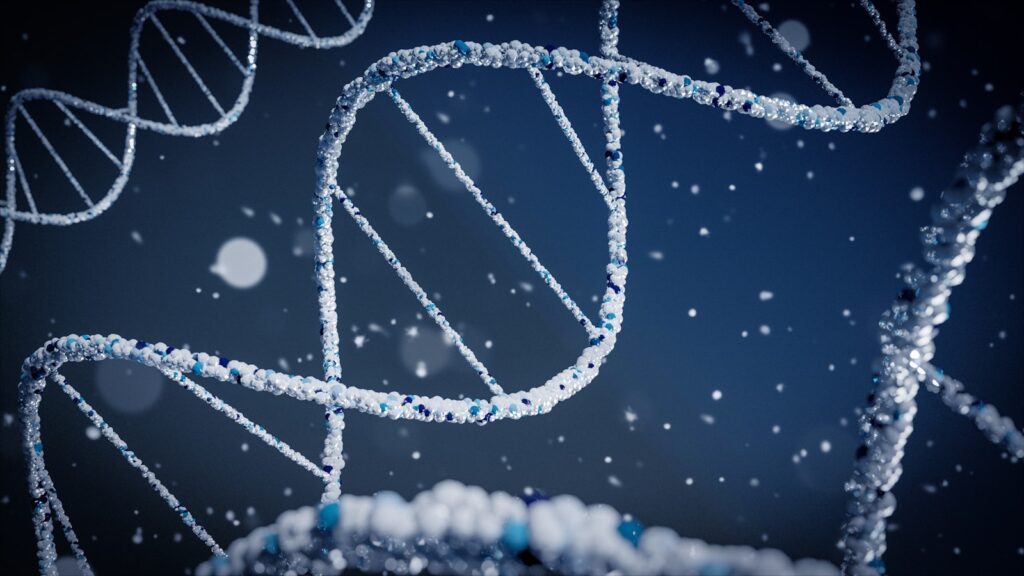
Modern conservation genetics requires extensive sampling across wide geographic areas, a challenge perfectly suited for angler assistance. Conservation groups increasingly equip anglers with simple tissue sampling kits that allow the collection of DNA material from caught fish without harming them. These genetic samples help scientists map population structures, identify distinct genetic stocks, measure genetic diversity, and detect hybridization between native and introduced species. Programs like the Salmon Genetics Project in the Pacific Northwest and the Snook and Gamefish Foundation’s genetic tagging initiative have successfully integrated thousands of angler-collected samples into sophisticated genomic research. The widespread distribution of anglers across remote water bodies provides access to populations that might otherwise remain unsampled, filling critical gaps in genetic mapping efforts that inform conservation planning. Additionally, genetic sampling by anglers has helped identify cryptic species and previously unknown subpopulations requiring specific conservation attention.
Water Quality Monitoring Networks

Fish health directly reflects water quality, making anglers natural partners in monitoring aquatic environmental conditions. Organizations like the Izaak Walton League’s Water Quality Monitoring program train fishing enthusiasts to collect standardized water samples and perform basic chemical analyses during their regular fishing outings. These volunteer-based monitoring networks dramatically expand the geographic coverage of water quality surveillance, detecting pollution events and chronic problems that might otherwise go unnoticed by official monitoring programs. Angler reports of fish with lesions, abnormal behaviors, or unexplained die-offs often provide the first indication of water quality problems, triggering further investigation by environmental authorities. The emotional connection anglers feel toward their fishing locations creates a powerful motivation for ongoing vigilance and reporting, establishing an early warning system for ecosystem threats that spans thousands of water bodies.
Tag-and-Recapture Programs Revealing Fish Migration

Understanding fish movement patterns is essential for effective ecosystem protection, yet tracking aquatic species across vast habitats presents enormous logistical challenges. Conservation groups address this by implementing tag-and-recapture programs where anglers participate in both tagging fish and reporting recaptures of previously tagged individuals. These programs range from simple external tags with identification numbers to sophisticated acoustic transmitters that feed into automated tracking networks. Organizations like The Billfish Foundation have tagged tens of thousands of marlin, sailfish, and other pelagic species through their angler-partnership programs, revealing previously unknown migration corridors that now inform international protection efforts. The geographic scale of these tagging initiatives would be financially impossible without volunteer angler participation, as professional scientific tagging operations cost thousands of dollars per day of field operation. Additionally, the recapture data provided by the widespread community of recreational fishers creates recovery rates far exceeding what scientists could achieve independently.
Informing Fisheries Management Regulations

Conservation organizations strategically use angler-generated data to advocate for science-based fishing regulations that balance resource protection with recreational access. By analyzing trends in catch rates, size distributions, and angler effort, these groups develop evidence-based recommendations for bag limits, size restrictions, seasonal closures, and gear regulations. The Coastal Conservation Association and similar organizations regularly present angler-sourced data at fishery management council meetings, providing real-world insights that complement government stock assessments. This approach has proven particularly valuable for species that receive limited attention in commercial fishery research but are highly important to recreational anglers. The involvement of the angling community in data collection also increases buy-in for resulting regulations, as fishers who participated in the research process better understand and support the scientific rationale behind restrictions.
Creating Protected Areas Based on Angler Knowledge
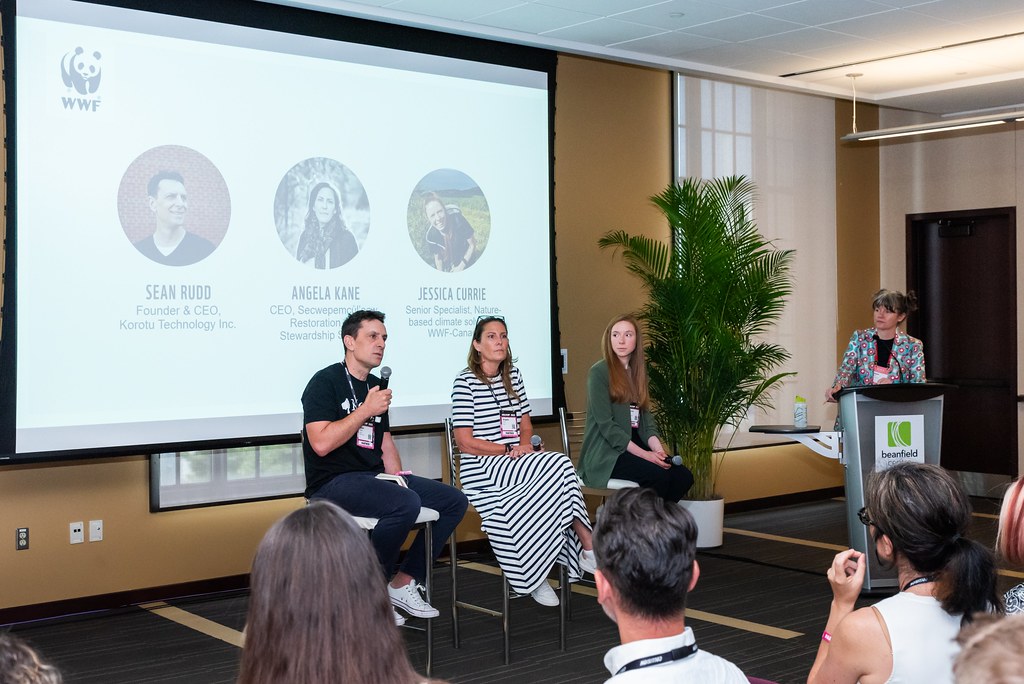
Establishing effective marine and freshwater protected areas requires detailed knowledge about which habitats are most crucial for fish reproduction, feeding, and migration. Conservation groups systematically aggregate angler reports to identify biological hotspots deserving special protection, such as spawning aggregation sites, juvenile nursery areas, and critical migration corridors. Organizations like the Ocean Conservancy and various state-level conservation groups analyze patterns in angler catch data to map these essential fish habitats with remarkable precision. This approach has successfully identified and protected previously unknown spawning grounds for species like Nassau grouper in the Caribbean and brook trout in the Appalachians. The social credibility of angler-informed protected areas is typically higher than those designated solely through academic research, as the fishing community recognizes the validity of their collective knowledge being incorporated into conservation planning. Additionally, angler support often proves crucial for the political viability of new protected areas, particularly in regions where recreational fishing has significant cultural and economic importance.
Building Conservation Ethics Through Participation
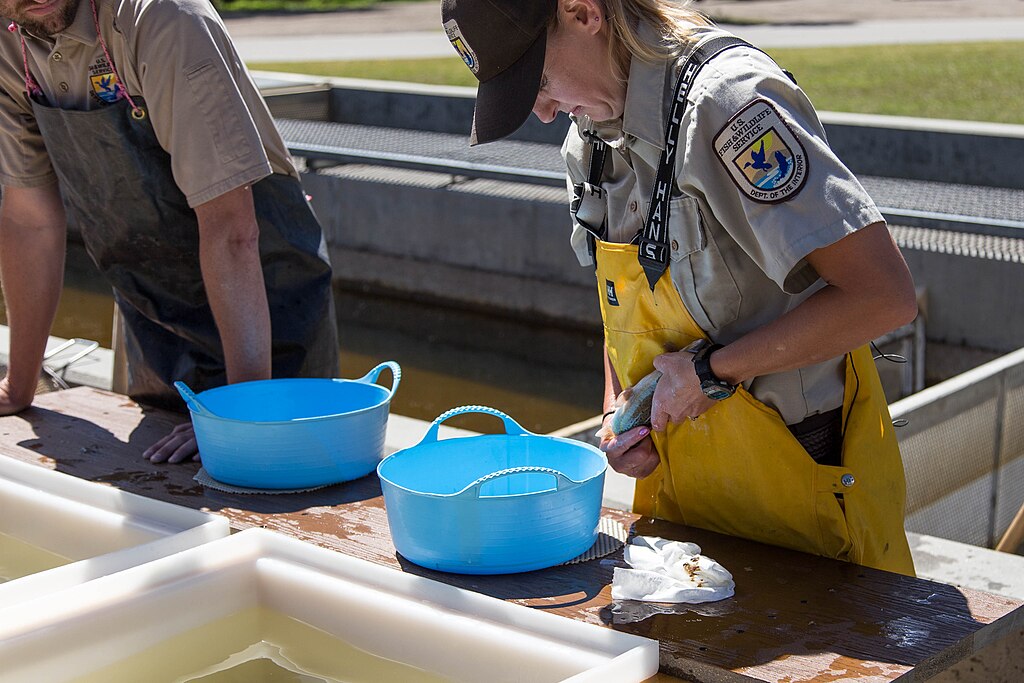
Perhaps the most profound impact of angler data collection programs lies in their transformative effect on participants’ conservation attitudes and behaviors. Conservation organizations recognize that anglers who actively contribute to research develop stronger environmental ethics and become more likely to support broader conservation initiatives. Programs like the Coastal Conservation Association’s Release Reward tagging study and B.A.S.S. Conservation initiatives deliberately incorporate educational components that connect data collection activities to larger ecological concepts and conservation challenges. This participatory approach creates a virtuous cycle where anglers become increasingly sophisticated in their understanding of aquatic ecosystems while simultaneously generating valuable scientific data. The peer influence of conservation-minded anglers sharing their research participation through social media and fishing clubs further amplifies this effect, gradually shifting community norms toward more sustainable fishing practices. The resulting community of conservation-oriented anglers provides both political advocacy for ecosystem protection and on-the-water stewardship that extends far beyond formal data collection programs.
The partnership between conservation organizations and recreational anglers represents one of the most successful examples of citizen science in action. By transforming fishing enthusiasts into data collectors, these collaborations generate ecological insights at scales impossible to achieve through traditional scientific methods alone. As digital technologies continue to streamline data collection and analysis, the scientific value of angler observations will only increase. This model of participatory conservation not only produces actionable information for protecting aquatic ecosystems but also cultivates a conservation ethic among millions of people who interact directly with these environments. In a world of increasing environmental challenges, the knowledge generated through these partnerships provides both the scientific foundation and social support necessary for effective ecosystem protection. The future of aquatic conservation will undoubtedly depend on further strengthening these collaborative relationships between those who study the water and those who fish it.

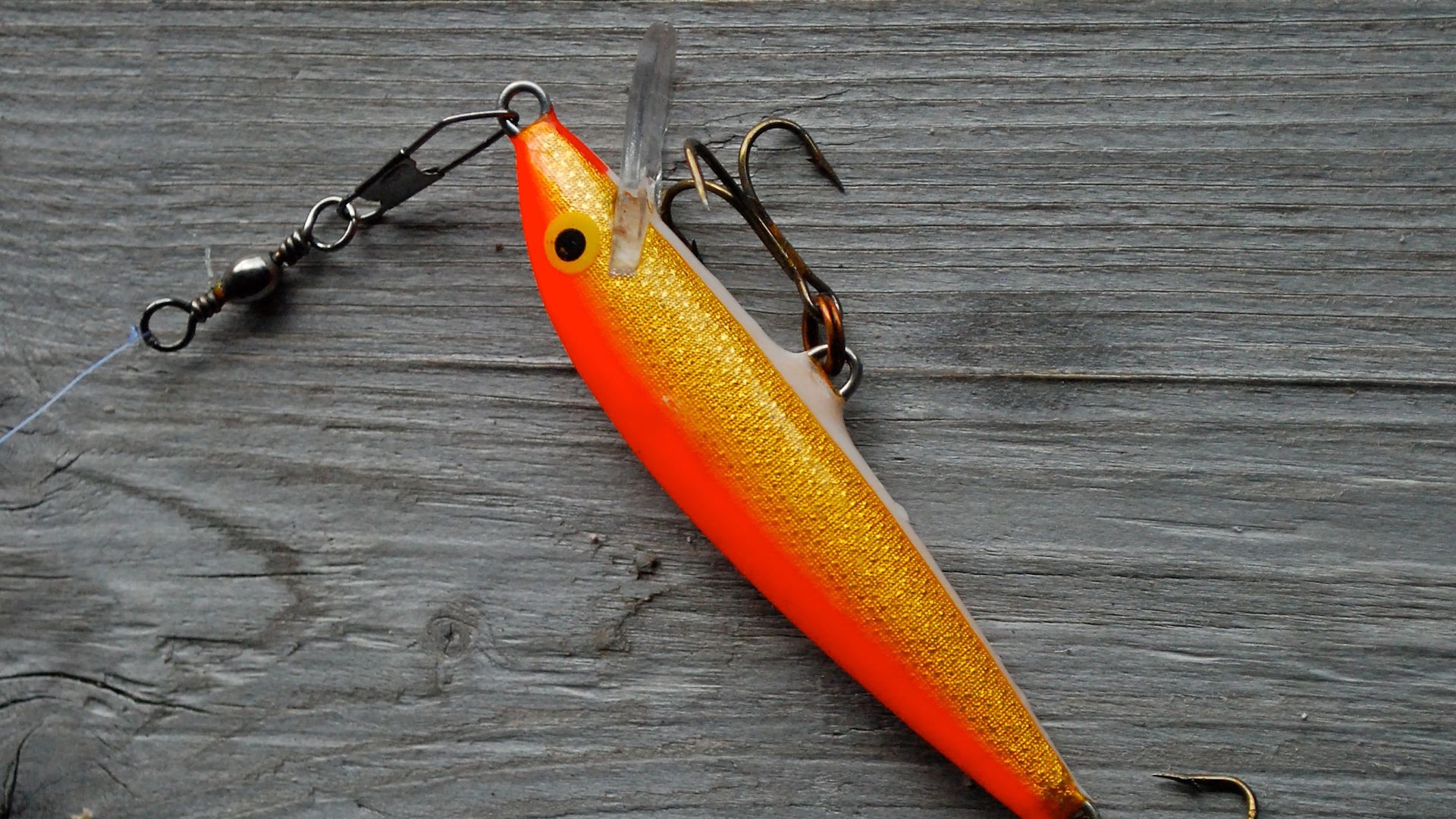

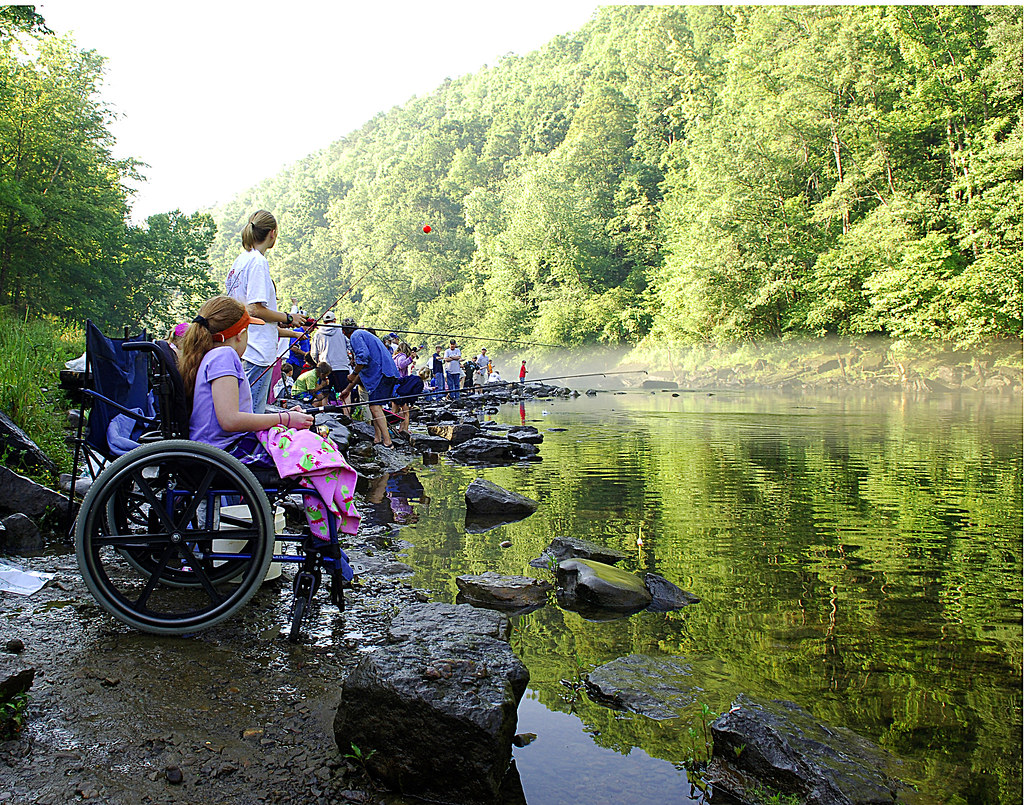
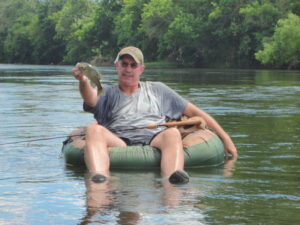
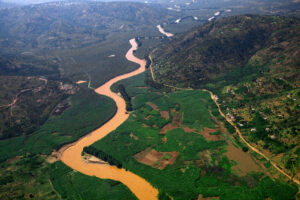








Post Comment